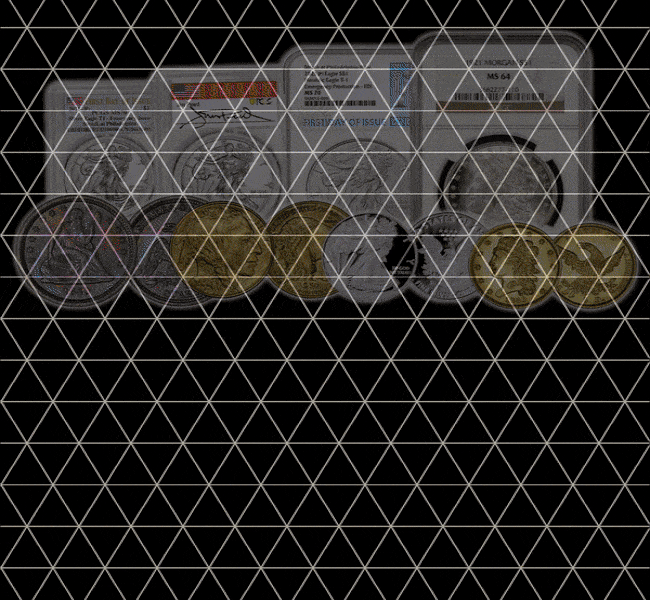By Jack D. Young, Early American Coppers (EAC) ……
In the dark corners of my mind I hadn’t anticipated writing this article as this is a recent discovery of an older counterfeit; another that authentication should have started with:
ATTRIBUTION, ATTRIBUTION, ATTRIBUTION!
As I have stated, attribution is one of the first things I do when reviewing a subject coin. If it can’t be attributed to a known variety, then it is most likely an indication that “Houston, we have a problem”! I maintain most of the errors in authentication discussed in this series could have been avoided had the proper time been taken to correctly attribute the submitted example.
Even the smallest differences between the example and the known varieties is important as I will discuss in this installment, a “genuine certified” key of the Barber quarter series, the 1901-S.
As always I will start with images of the “Dark Corner” example for this installment.
Slab images (Certified and graded VG08)
This particular example was discovered and reported by Kevin Bailey of the Barber Coin Collectors Society (BCCS) in another forum, and like my 1872-S half dollar, it took the eagle eyes of a club specialized in the series to explain the differences!
And just like the 1872-S, we could NOT find another known genuine 1901-S variety with this mint mark shape and location, date position, or most importantly a Type II reverse.
There are two known dies/ die pairings for the 1901-S:
The other known reverse die characteristic is that all known 1901-S examples are Type III
Reverse I was only in 1892 – the left wing tip exposes more than half of the E in United, and right wing tip exposes almost all of the R in America (left images).
Reverse II 1892-1900 the left wing tip covers most of the E, and the right covers more than half of the left side of R. Both I and II the wing tips extend only to the tops of the letters (center images).
Reverse III 1900-1916 the wing tips extend beyond the tops of E and R (right images).
All known 1901-S are Reverse III. In fact, no Reverse II are known past 1900 for any mint.
In addition to NOT matching the known reverse die pairs for a genuine 1901-S, the counterfeit obverse doesn’t match either!
Per my friends in the BCCS the date closer matches the 1901-P die set! Internet searching has NOT turned up another example like this one…
So, most likely not a struck counterfeit, it may well be a “put together” coin, noting also the appearance of the obverse and reverse are so different, one where an edge view would really be important to understand what this one really is.
The TPG was notified and although I understand the cert will be invalidated it is currently still active; ironically, PCGS’s latest Nov.-Dec. Rare Coin Market Report has a note starting on page 150 about another “put together coin” called a “sandwich fake” in the article. 1901-S, it has the wrong obverse but the correct type III reverse:
Thanks again to my friends in the BCCS and others who continue to help with these counterfeit projects; it is always my goal to be technically accurate with all presented in these!
Best as always,
–Jack
MORE Articles on Counterfeit Coins by Jack D. Young

The on-line cert for the subject example has been removed.